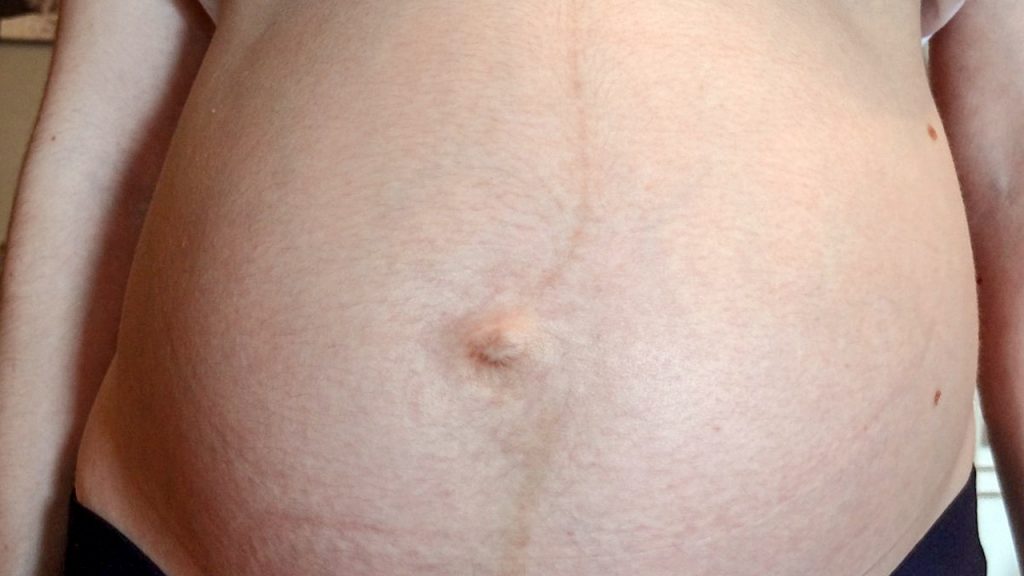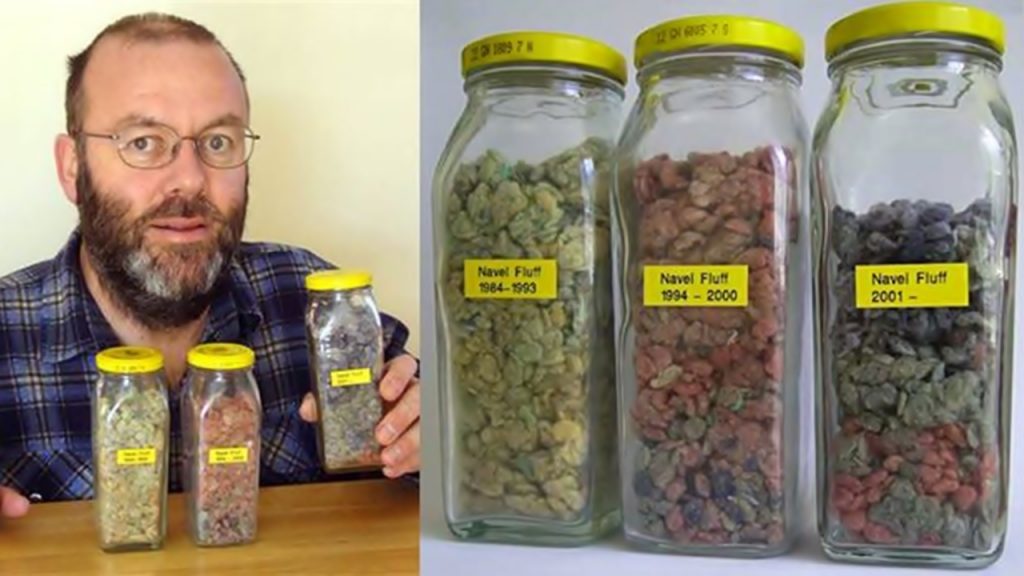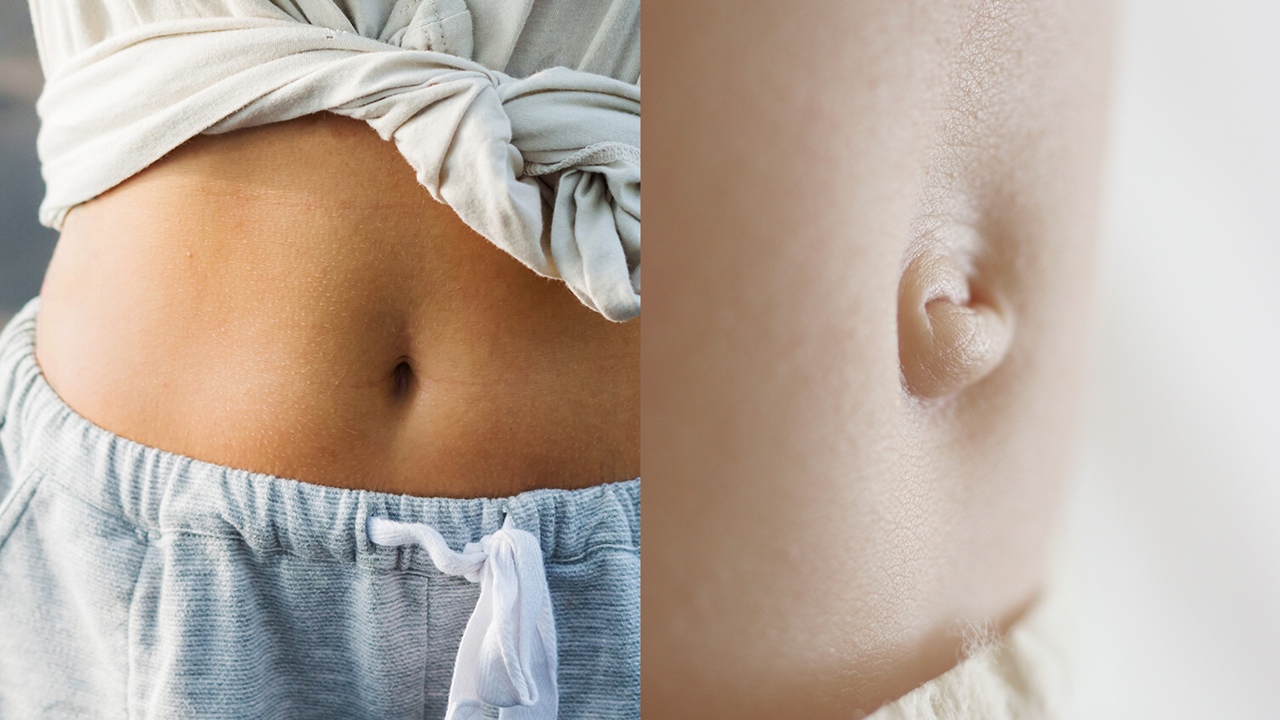The belly button shapes, which differ from person to person, are usually sunken or protruding, but they can also be seen in different ways. Here we will talk about the reasons for this difference.
The belly button is actually a scar. The navel, which is the oldest scar of almost everyone, is -as you know- a trace left behind the umbilical cord that was cut when we were born.
The nutrients and oxygen needed by the baby in the womb are transferred through this cord. The umbilical cord is no longer needed as the baby’s organs have grown sufficiently. The umbilical cord then dries up like a scab and falls off on its own after a few days.
So what determines the shape of the belly button?
Most people’s navels are pit-shaped, bump-shaped ones are also common, but the difference in shape is much greater. Although the cut shape and length of the belly button are effective among the factors that determine the formation of this difference, the main reason is different.
If there is a lot of scar tissue after cutting, the probability of seeing a bump-shaped belly button increases. While the wound is healing, a significant part of the umbilical cord turns outward and thus a bump shape is formed.
A protruding belly button can rarely cause an umbilical hernia.
This condition, which usually occurs in premature births, causes a swelling near the navel as a result of the intestines pushing these muscles due to the insufficient development of the abdominal muscles . It usually goes down on its own in three to four years, there is no need for surgical intervention.
Another problem, called umbilical granuloma , is more common. Within a few days after the cord is cut, a swollen patch of skin appears in the navel. In the discharge, a yellowish tissue growth is observed. This structure called granuloma; It consists of reticulated cells and vessels. Since it does not contain nerve tissue, it does not cause pain. Over time, it hardens and causes the appearance of a marble inside the belly button.
A sac-shaped abdominal wall opening can also be seen in the part of the umbilical cord at birth.
The reason is incomplete development of the abdominal wall. In this disease called omphalocele , the intestines and a part of the liver go out of the body. It occurs in 1 in 4200 babies.
Hollow belly buttons can turn into a protruding shape during pregnancy.

As the baby in the mother’s womb grows rapidly , it pushes the navel outward, causing the navel to protrude. After birth, the belly button returns to its original state.
Although the navel is a dirty area, it is not recommended to use antibacterial products while cleaning it.

A man who collected navel cotton for 26 years and entered the Guinness Book of Records.
Although the accumulation of hairs, dirt and dead skin cells from our clothes causes a bad appearance, it is healthier to wash this area with soapy water. The number of beneficial bacteria in the belly button is also quite high, they protect us against the microbes outside. There are even 11 different types of cheese made with these beneficial bacteria.
